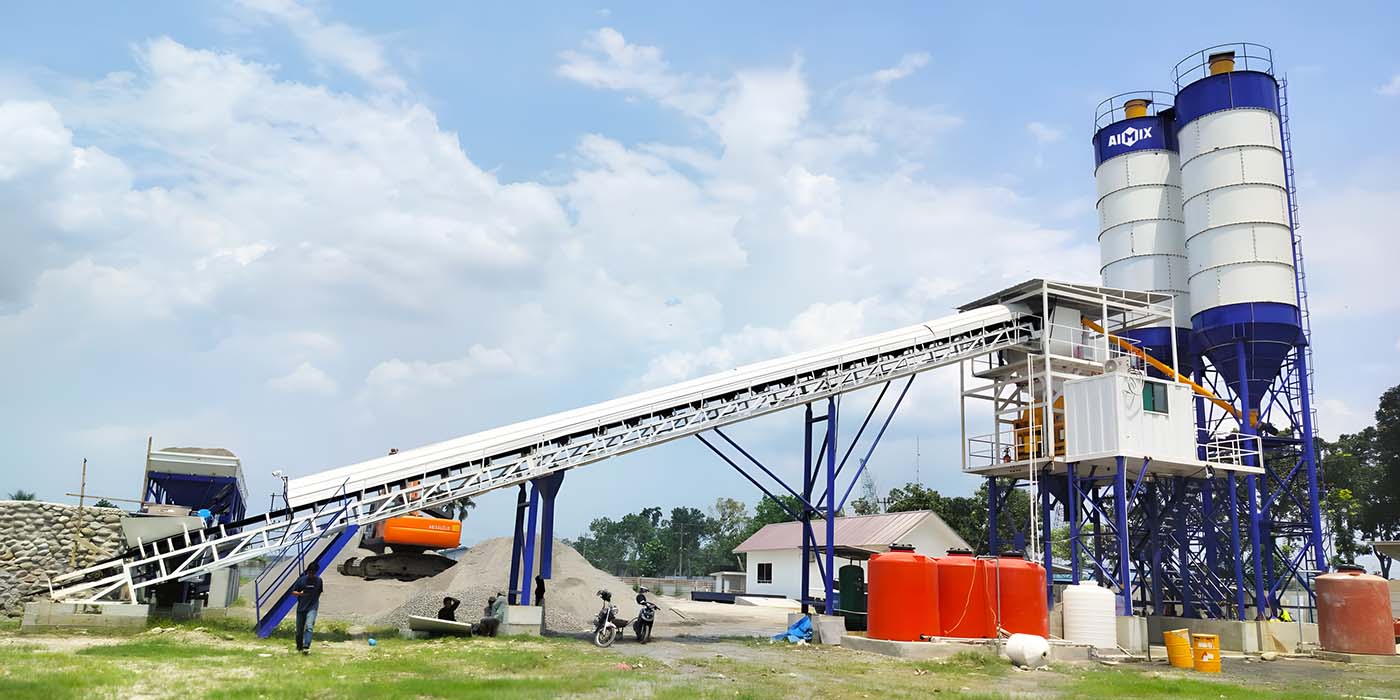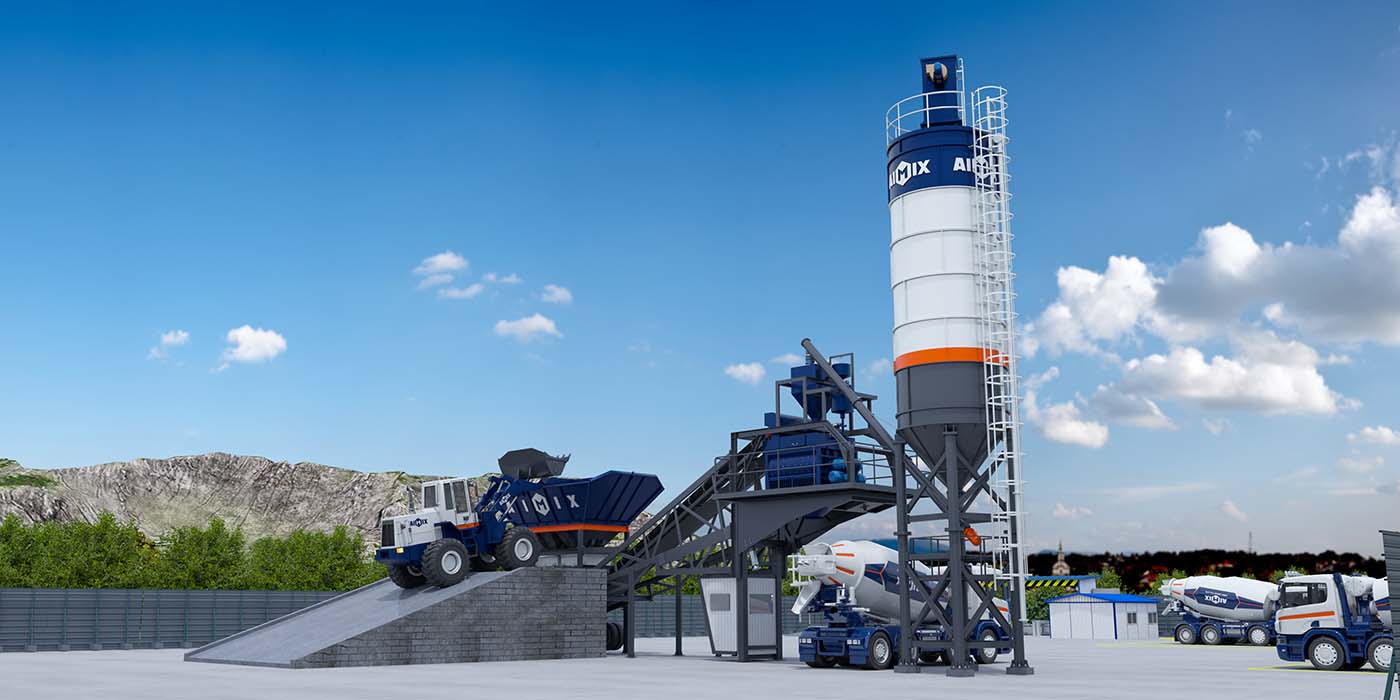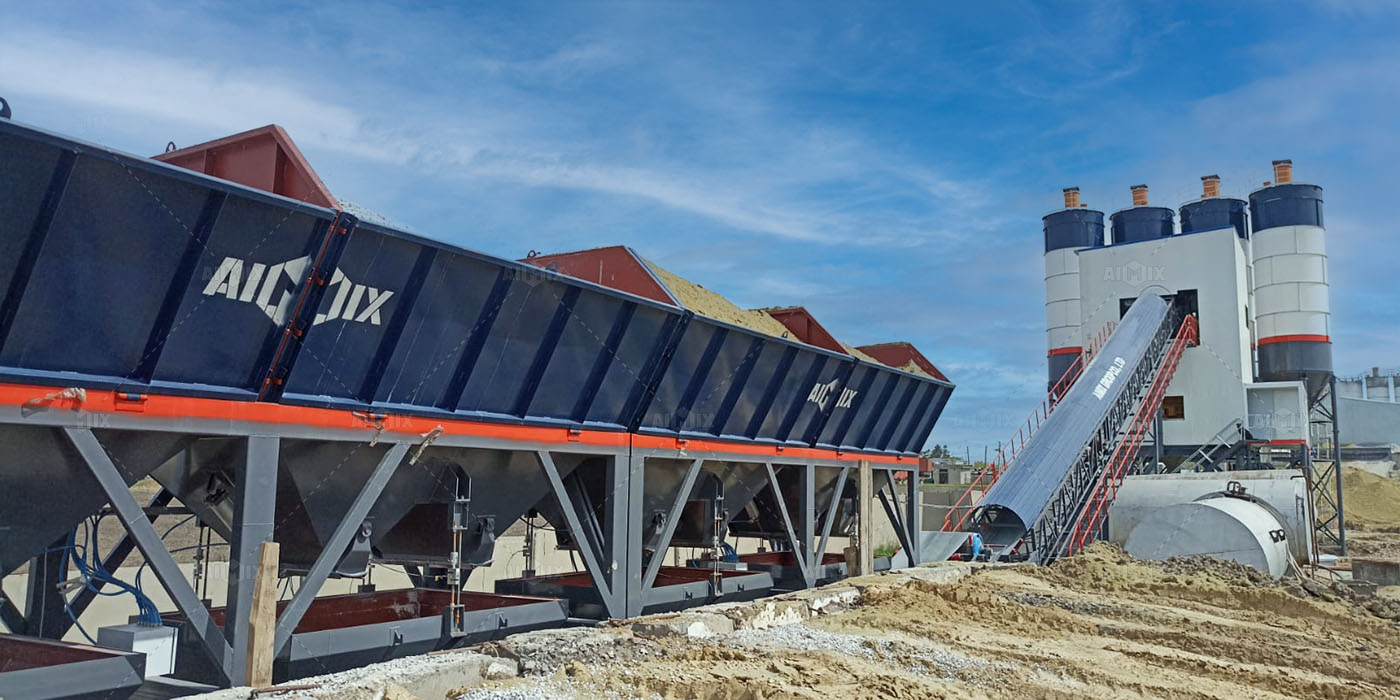Discover how investing in a 90 TPH concrete batching plant can boost profits for ready-mix supply businesses in Indonesia. Learn about market demand, ROI, and key benefits for long-term growth.

In Indonesia’s fast-growing construction industry, the demand for ready-mix concrete continues to rise. Urban infrastructure projects, residential developments, and industrial facilities all depend on reliable concrete supply. For entrepreneurs and contractors, investing in a batching plant di Indonesia—especially a 90 TPH (around 60 m³/h) model—can be a powerful way to turn demand into consistent profits. But how profitable is it really? Let’s explore this question from the perspective of real-world projects, production capacity, and local market dynamics.

Indonesia’s construction market has been expanding rapidly over the past decade. Large-scale urban projects in Jakarta, Surabaya, and Medan, along with growing regional infrastructure, have created strong and stable demand for ready-mix concrete. With government support for infrastructure development, contractors now face increasing pressure to supply high-quality concrete efficiently.
Because of this, many contractors and investors have shifted from purchasing concrete from third-party suppliers to producing it themselves. This not only lowers the long-term cost per cubic meter but also gives full control over delivery schedules and mix quality—two key factors that affect project timelines and client satisfaction.
That’s where a 90 TPH ready mix concrete plant becomes a practical and profitable choice.
When deciding on plant capacity, it’s crucial to balance production output with market demand and operational costs. A 90 TPH plant offers just that balance. It can produce around 60 cubic meters of concrete per hour, which makes it ideal for mid-sized ready-mix supply companies or contractors managing multiple small-to-medium projects.
Compared with smaller 50 m³/h plants, a 90 TPH model allows for higher daily output and better scalability. You can easily meet the needs of several projects simultaneously without facing supply delays. On the other hand, unlike larger 120 m³/h plants, it doesn’t require excessive space, high fuel consumption, or complex logistics. This makes it more cost-efficient, especially for companies serving regional markets or urban construction zones where land is limited.
In each of these cases, a 90 TPH batching plant ensures consistent output, minimizes downtime, and enables flexible scheduling—all of which contribute to higher profitability.

Profitability depends on several factors, including the plant’s productivity, raw material cost, local concrete prices, and equipment maintenance. Let’s take a realistic example. Suppose the average market price for ready-mix concrete in Indonesia is around IDR 850,000 per cubic meter. A 90 TPH batching plant producing 60 m³/h could generate approximately 480 m³ per 8-hour workday. Even after subtracting costs for cement, aggregates, fuel, and labor, the daily net margin remains highly attractive.
Moreover, once the plant’s investment is recovered—often within 1 to 2 years—most of the revenue becomes direct profit. This quick return period makes a 90 TPH plant particularly appealing for contractors aiming to grow their ready-mix business steadily.
Beyond volume, profitability also comes from operational efficiency. The 90 TPH concrete batch plants for sale are typically designed with automated control systems and efficient mixing cycles, reducing material waste and human error. They consume fuel and electricity more efficiently compared to larger plants while maintaining steady quality and homogeneity in every batch.
This combination of high output and manageable operating costs creates a strong financial advantage for small and medium ready-mix enterprises looking to expand their capacity without overinvesting.

Owning a batching plant brings benefits beyond direct profit margins. You gain greater control over production schedules, helping you deliver concrete on time even during peak construction seasons. It also builds customer trust—contractors and developers prefer suppliers with their own production facilities, as it guarantees both consistency and reliability.
In addition, you can explore multiple revenue streams. For example, you may start by supplying your own projects and later expand to provide concrete to nearby contractors. As your brand reputation grows, you can even sign long-term supply contracts, stabilizing your monthly cash flow.
Considering Indonesia’s strong construction growth, rising demand for ready-mix concrete, and competitive market environment, investing in a 90 TPH concrete batching plant is a smart, scalable move. It balances production capacity, cost efficiency, and return on investment better than smaller or oversized models. Most importantly, it gives business owners independence and the ability to control quality, schedules, and profits.
If you’re ready to expand your ready-mix supply business or start your own concrete production line, investing in a 90 TPH concrete batching plant could be your best next move. Let’s discuss your project requirements, budget, and site conditions to find the most suitable plant configuration for you. With the right setup, your investment can quickly turn into a reliable, long-term source of profit in Indonesia’s booming construction market.